When it comes to automobiles, it’s common to stumble upon age-old myths that may have misled you. Here, we’ve compiled an extensive list of 21 prevalent car myths that, upon closer examination, prove to be unfounded. These myths often circulate among car enthusiasts and casual drivers alike, perpetuating false beliefs about vehicle maintenance, performance, and safety. By debunking these myths, we aim to provide drivers with accurate information to ensure they make informed vehicle decisions.
Table of contents
- If You Have AWD, You Don’t Need Winter Tyres
- Risk of Fire in Electric Vehicles Is Higher
- It’s Illegal to Drive With the Interior Light On
- A Dirty Car Is More Fuel-Efficient
- Premium Fuel Makes My Car Run Better
- Red Cars Are More Expensive to Insure
- You Should Swap Your Rear Tyres With Your Front Tyres
- Convertibles Aren’t Safe in a Collision
- ABS Always Reduces Braking Distance
- Filling up With Petrol in the Morning Gives You More Fuel
- Windows Down for Better Fuel Economy
- SUVs Are Safer Than Smaller Cars
- All Four of My Tyres Need to Be Replaced at the Same Time
- You Don’t Need to Wear a Seat Belt if You Have Airbags
- It’s OK to Wash Your Car with Dish Soap
- All SUVs Perform Well Off-Road
- Driving With My Truck’s Tailgate Down Is More Fuel-Efficient
- While I’m Having the Oil Changed, Change the Coolant Fluid and Air Filters
- Using Your Mobile Phone at the Gas Station Will Cause an Explosion
- Muscle Cars Can’t Corner
- It’s Cold Outside, so I Have to Let My Car Warm up First
If You Have AWD, You Don’t Need Winter Tyres

There’s a common misconception that having all-wheel-drive renders winter tires unnecessary. However, fitting it with winter tires proves beneficial regardless of your vehicle’s drive system. These specialized tires feature a tread pattern to enhance traction on icy or snowy roads. Surprisingly, despite their advantages, winter tire usage remains relatively low among drivers in snow-belt regions of the United States. According to Consumer Reports, only around two in five American motorists opt for winter tires, a finding highlighted in a recent survey commissioned by Michelin.
Risk of Fire in Electric Vehicles Is Higher
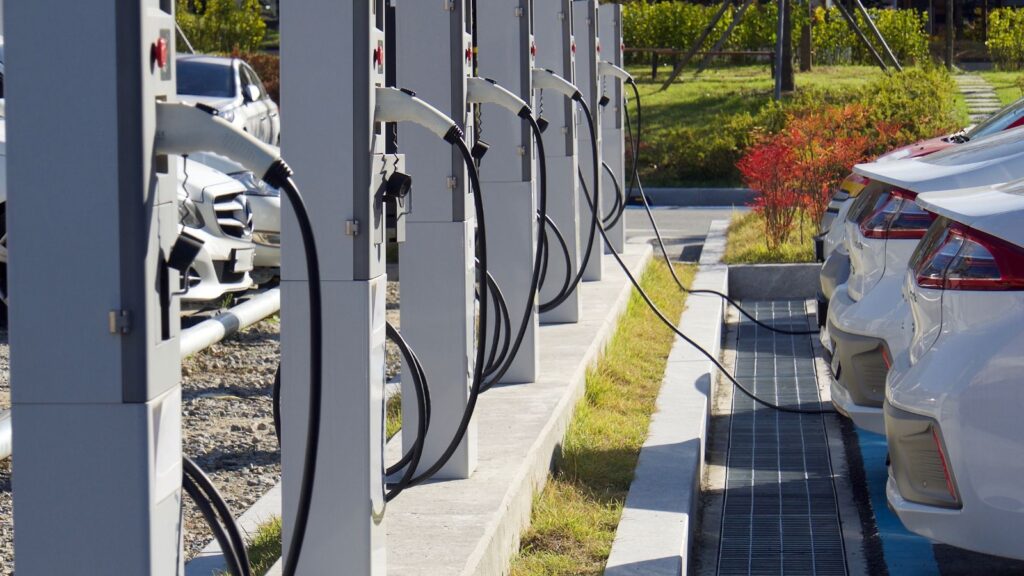
In 2012, the National Highway Traffic Safety Administration conducted an in-depth analysis. It concluded that electric cars “pose no greater fire risk than gasoline-powered vehicles.” This finding reassures those considering electric vehicles, dispelling concerns surrounding their safety compared to traditional gasoline-powered cars. With technological advancements and stringent safety measures, electric cars continue gaining traction as a viable and safe alternative for environmentally conscious consumers.
It’s Illegal to Drive With the Interior Light On

Many of us remember being scolded by our parents for flicking on the car’s interior lights while they were driving. Surprisingly, this belief persists among many, but contrary to popular belief, there’s no law against driving with your interior light on. However, it’s worth noting that having the interior light illuminated can be distracting, particularly at night. It may affect your visibility as it reflects off the windshield. Moreover, if the interior light contributes to unsafe driving, you could face careless driving charges.
A Dirty Car Is More Fuel-Efficient
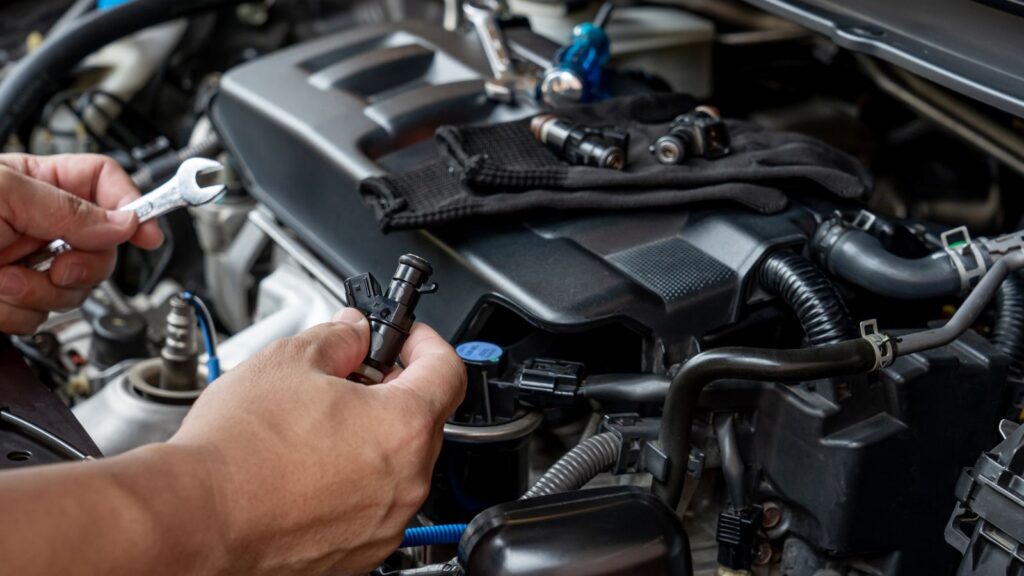
There’s a widespread misconception suggesting that a dirty car might somehow mimic the aerodynamics of a golf ball, with the dimples on the ball equated to the dirt on your vehicle. However, this notion is entirely unfounded. In reality, the accumulation of dirt on your car’s surface can lead to increased drag, thereby hampering fuel efficiency. Studies have shown that a grimy exterior could reduce your fuel economy by as much as 10%, contradicting the belief that filth improves aerodynamics.
Premium Fuel Makes My Car Run Better

Absolutely not. Using premium gas isn’t advantageous unless your engine specifically demands it. Premium gasoline isn’t inherently purer or cleaner than regular fuel despite its higher price tag. It’s essential to understand that premium gas is designed for certain vehicles with engines requiring a lower combustible fuel. If your car operates perfectly fine on regular gasoline, there’s no need to splurge on premium. Always refer to your owner’s manual to ascertain the suitable gasoline for your vehicle’s optimal performance and to avoid unnecessary expenses.
Red Cars Are More Expensive to Insure

This is a common misconception among some Americans, with around 44% believing red cars have higher insurance premiums than vehicles of other colors. Thankfully, this assumption is unfounded. Insurance companies base their rates on factors such as the car’s make, the driver’s age, and their driving history, among others. Surprisingly, the car’s color doesn’t play a role in determining insurance premiums, debunking the myth that red cars are more expensive to insure.
You Should Swap Your Rear Tyres With Your Front Tyres
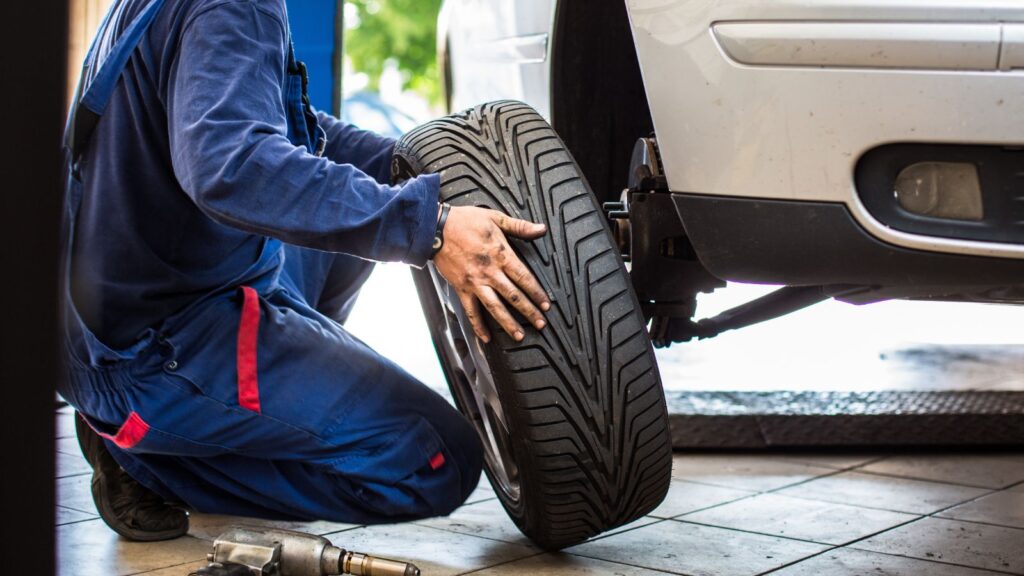
A common belief suggests that swapping front and rear tires can prolong their lifespan, especially if the front tires are more worn. However, this practice poses a potential hazard, particularly in wet conditions. Rear tires play a crucial role in maintaining stability, so having sufficient tread on them is essential for traction and control. According to the Federal Highway Administration, most weather-related accidents occur on wet roads, with a significant portion happening during rainfall. Annually, thousands of lives are lost and injuries sustained in crashes on wet pavement, emphasizing the importance of tire maintenance and road safety.
Convertibles Aren’t Safe in a Collision

While it may seem intuitive to assume that a car without a roof would offer less protection in a collision, automakers have implemented additional safety features to ensure that convertibles are just as secure as their hard-top counterparts. Convertibles are equipped with a reinforced chassis, strengthened pillars, and specialized roll hoops positioned behind the seats, all designed to safeguard occupants in a rollover accident. Furthermore, certain models incorporate an active roll bar system that activates automatically in case of a vehicle rollover, further enhancing occupant protection.
ABS Always Reduces Braking Distance
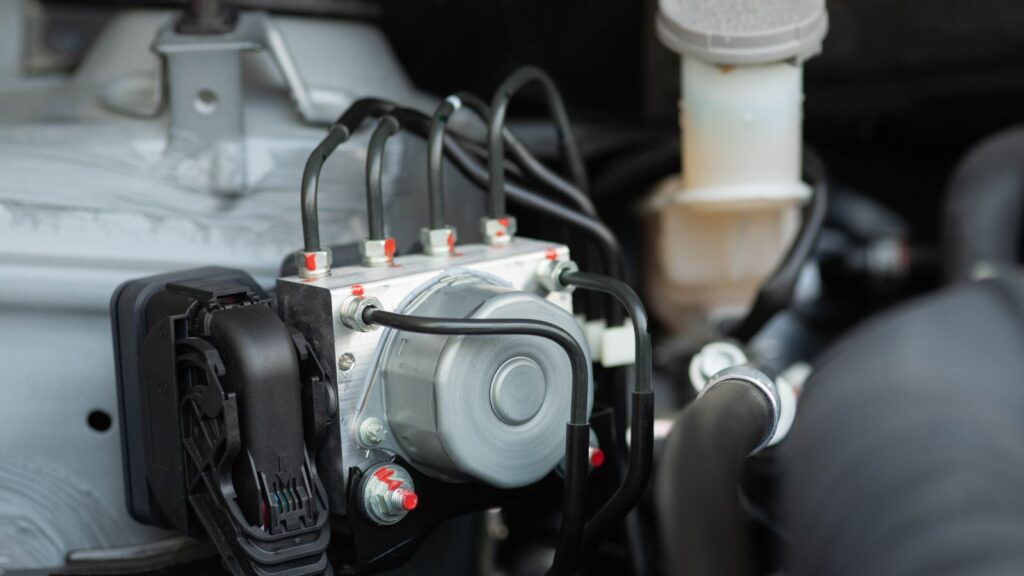
Indeed, there is some truth to this myth. The anti-lock braking system (ABS) is designed to prevent your wheels from locking up during sudden braking, helping you maintain control of your vehicle. However, it’s crucial to understand that ABS wasn’t specifically engineered to decrease braking distance. According to the National Highway Traffic Safety Administration, cars with ABS have a 14% shorter braking distance in wet conditions than vehicles without ABS. However, in dry conditions, the braking distance for both ABS-equipped and non-ABS vehicles remains unchanged.
Filling up With Petrol in the Morning Gives You More Fuel
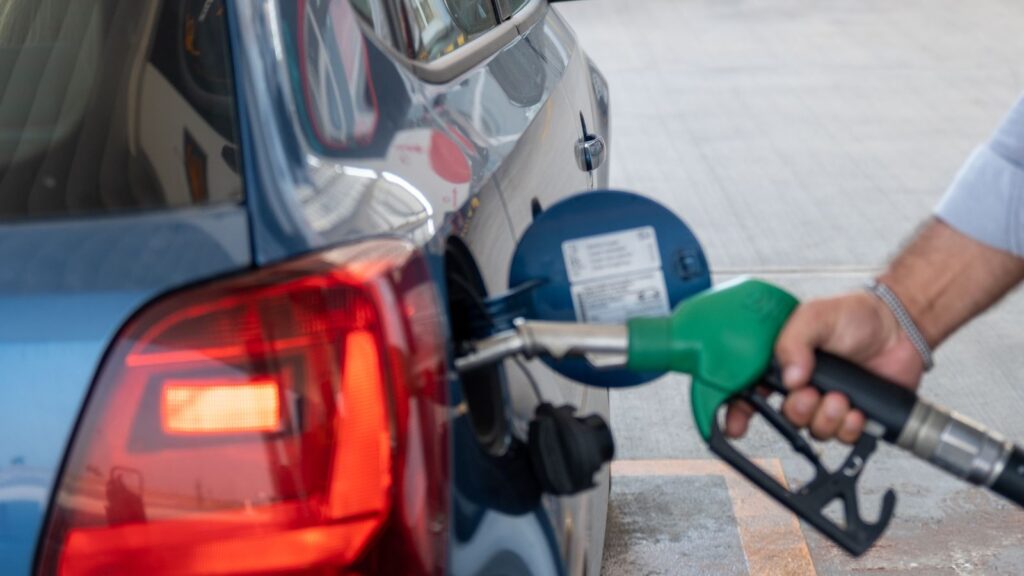
The notion that filling up your car in the morning yields more value due to the denser petrol is popular, especially since mornings typically bring cooler temperatures. However, this belief doesn’t hold up under scrutiny. Despite the temperature fluctuations above ground, underground fuel tanks are well-insulated by layers of concrete, maintaining a consistent temperature. Therefore, the density of petrol remains relatively constant throughout the day. As per Statista, in December 2023, gasoline consumption in the United States reached around 8.53 million barrels per day, with notable drops during the height of the COVID-19 pandemic in April and May 2020, impacting travel and commerce significantly.
Windows Down for Better Fuel Economy

Whether you roll down your windows or engage the air conditioning, the impact on fuel efficiency remains minimal. While it’s accurate that running the air conditioning can lead to faster fuel consumption, opening the windows increases wind resistance, causing the vehicle to expend more fuel due to decreased aerodynamics. It’s a delicate balance between comfort and efficiency, with both options affecting your car’s fuel consumption.
SUVs Are Safer Than Smaller Cars

This long-standing myth has persisted, and its appeal is understandable. As the Insurance Institute for Highway Safety noted, “a bigger, heavier vehicle provides better crash protection than a smaller, lighter one, assuming no other differences.” While this statement holds true, it’s essential to recognize that SUVs, despite their size advantage, come with inherent safety concerns. Their higher center of gravity increases the risk of rollovers, particularly in collision scenarios or when negotiating sharp turns. Additionally, SUVs typically require a longer braking distance compared to smaller vehicles. Nonetheless, automakers remain committed to enhancing the safety features of SUVs to mitigate these risks.
All Four of My Tyres Need to Be Replaced at the Same Time

While it might seem logical, it’s important to understand that there’s no requirement to simultaneously replace all four tires if one goes flat. Simply swapping the flat tire with one that matches in make, model, and size is all needed to get back on the road. In the event of a flat tire and being stranded, knowing how to safely change it is crucial. Let’s go through the steps to ensure a smooth tire change.
You Don’t Need to Wear a Seat Belt if You Have Airbags
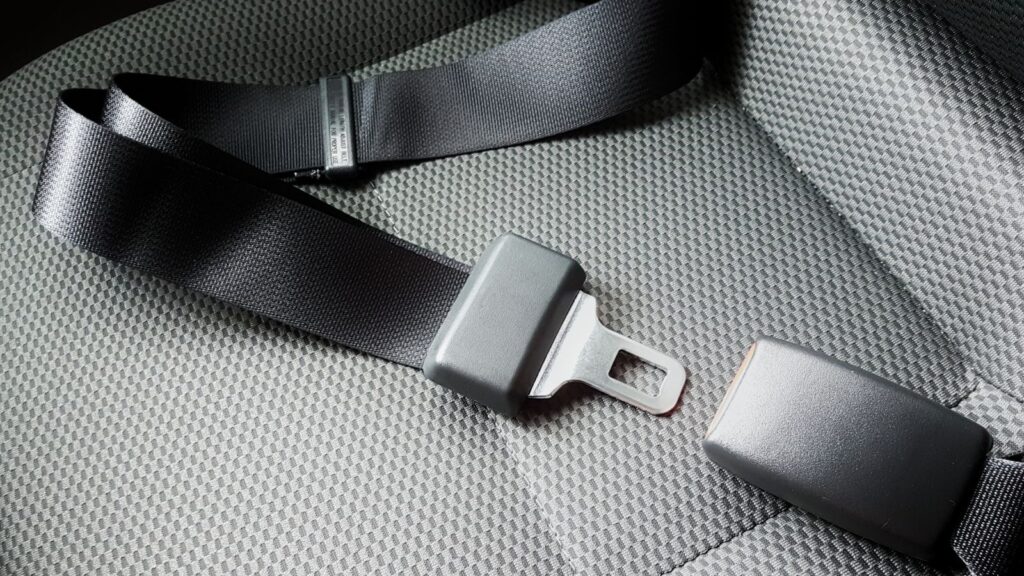
It might seem unbelievable, but some drivers mistakenly think they can forego wearing a seat belt simply because their vehicle is equipped with airbags. However, this belief couldn’t be further from the truth! Airbags are intended to complement the protection provided by seat belts, and their effectiveness hinges on passengers being properly restrained by seat belts. Without wearing a seat belt, there’s a significant risk of sliding under the airbag upon deployment or entirely missing it, potentially resulting in injuries from impact with the dashboard or even ejection from the vehicle.
It’s OK to Wash Your Car with Dish Soap
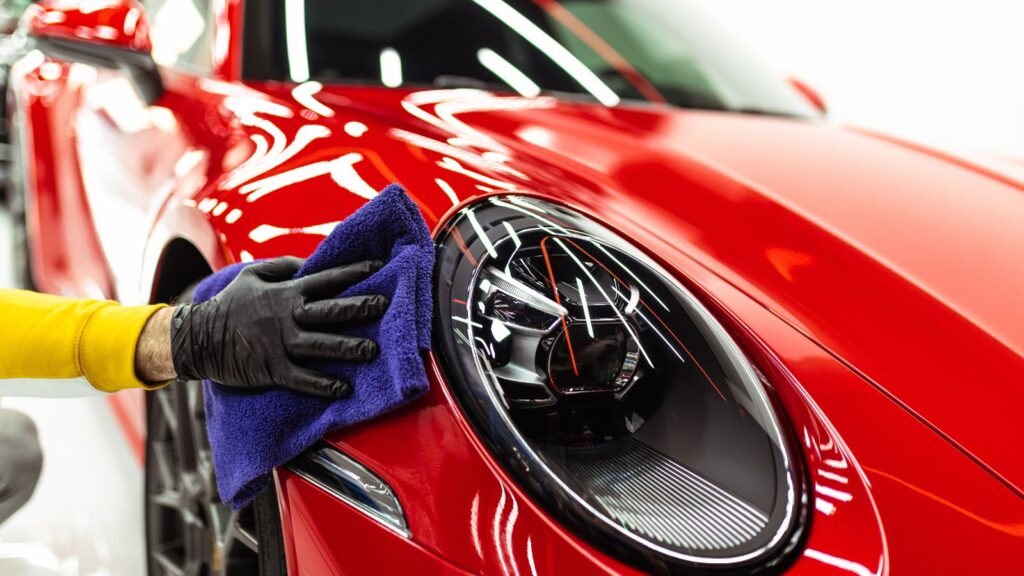
While washing your car with dish soap might seem like a budget-friendly option initially, it’s important to consider the long-term consequences. Dish soap is abrasive and can gradually wear down your car’s paint, leading to a dull and lackluster appearance. Furthermore, it can be harsh on rubber components, potentially causing damage over time. Instead of risking damage to your vehicle’s paintwork, investing more in specialized car wash products is a more prudent and cost-effective approach to maintaining your car’s appearance and integrity.
All SUVs Perform Well Off-Road
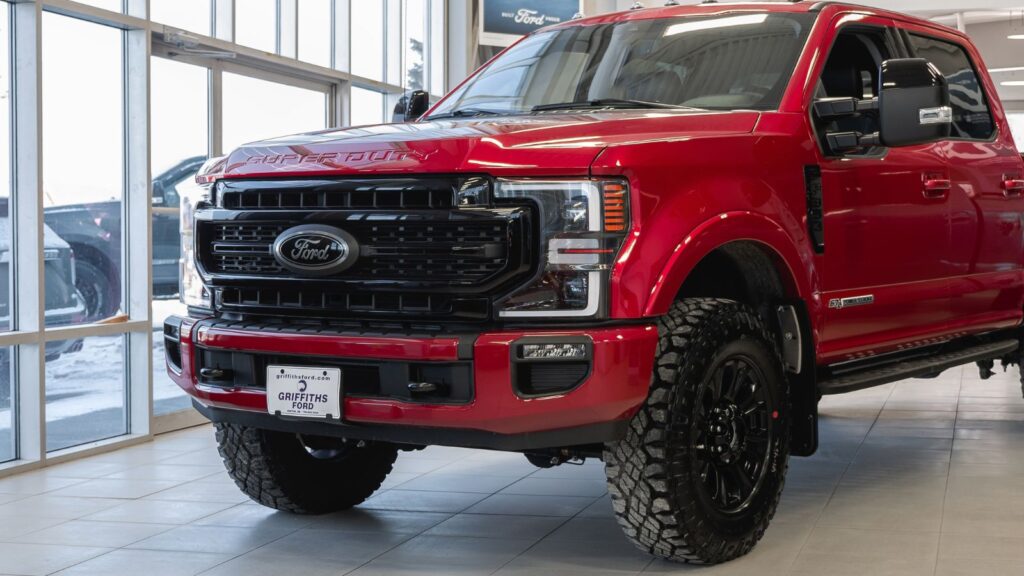
Initially, SUVs were engineered to excel both on and off-road, serving as a bridge between conventional road cars and rugged off-road vehicles. However, the landscape has shifted considerably for most SUVs today. Manufacturers have prioritized enhancing passenger comfort, leading to smaller wheels and luxurious cabin amenities. Nevertheless, SUVs are still designed to tackle challenging terrain, such as the robust Mercedes G class, which is capable of easily navigating through sand, mud, or snow.
Driving With My Truck’s Tailgate Down Is More Fuel-Efficient
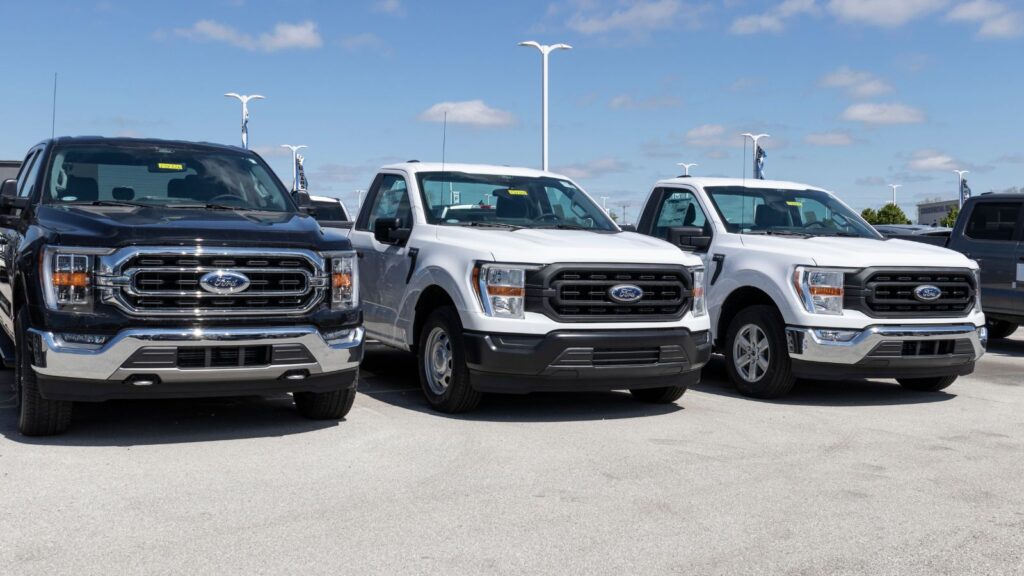
Upon thorough examination, Popular Mechanics conducted a study to verify this belief. Surprisingly, they found that keeping the vehicle’s tailboard down increased drag compared to when it was up. However, their investigation revealed that driving with a mesh panel in place of the tailboard resulted in similar fuel savings as driving without the tailboard altogether or with the hardback top and the tailboard up. This discovery sheds light on the complex dynamics affecting fuel efficiency in vehicles.
While I’m Having the Oil Changed, Change the Coolant Fluid and Air Filters
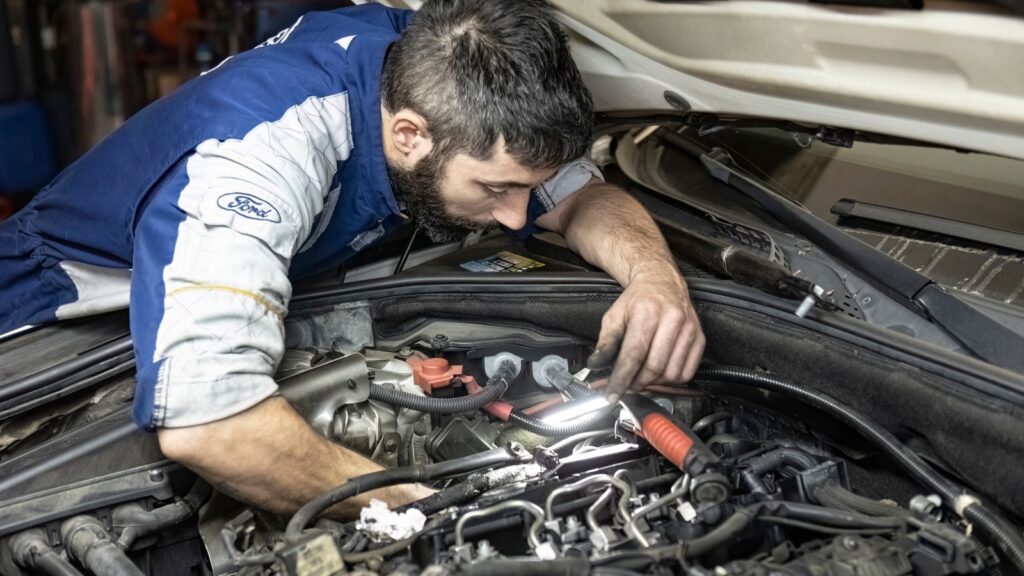
While the mechanic might recommend replacing these components “while they’re at it,” it may not be necessary. You don’t have to automatically swap out your radiator fluid or air filters every time you get an oil change. Rather than risking unnecessary expenses by replacing them prematurely, referring to your owner’s manual for guidance on when these maintenance tasks should be performed is wise. Following the manufacturer’s recommendations ensures you’re not overspending on unnecessary repairs.
Using Your Mobile Phone at the Gas Station Will Cause an Explosion

Many are familiar with hastily stashing our phones on the passenger seat or inside the glove compartment, especially when refueling at gas stations. The warning signs plastered around fuel pumps often instill fear about using mobile phones near gasoline. However, the notion that phone wireless signals could ignite gas vapors lacks substantial scientific evidence. Despite the prevalent cautionary messages, the risk of phone usage causing fires at gas stations appears to be largely unfounded.
Muscle Cars Can’t Corner
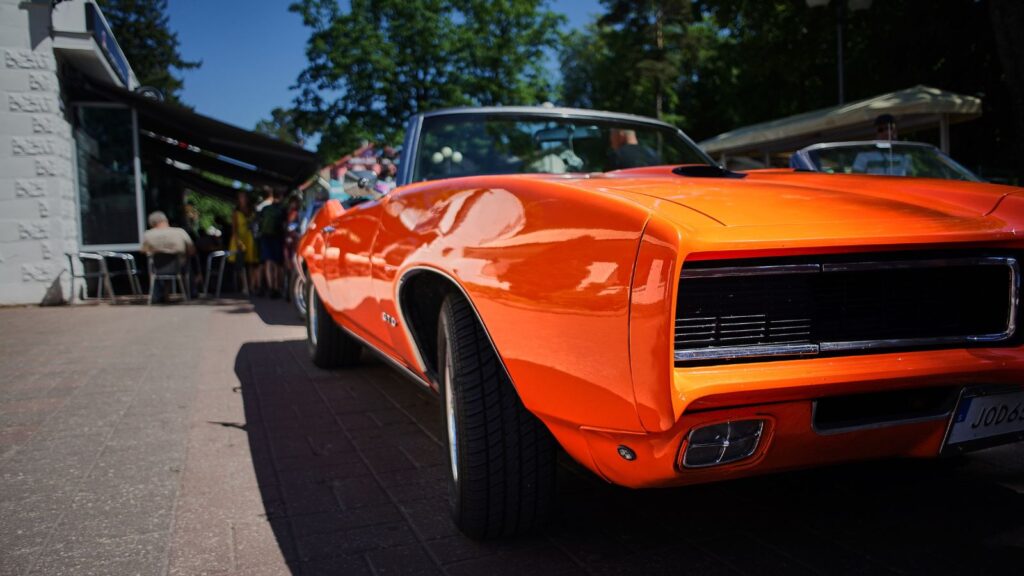
Traditional American muscle cars were notorious for their subpar handling in the past, but fortunately, times have changed. Modern muscle cars boast impressive handling capabilities, excelling in straight-line acceleration and cornering maneuvers. These newer models have undergone significant improvements in suspension design, steering responsiveness, and overall chassis dynamics, resulting in an exhilarating and confident driving experience, whether cruising down a straight highway or tackling twisty roads.
It’s Cold Outside, so I Have to Let My Car Warm up First

Gone are the days when you had to wait for your engine to warm up before hitting the road. In fact, idling your vehicle can actually be detrimental to its health. The prolonged idling introduces excess fuel into the combustion chamber, potentially causing harm to the cylinder walls. Additionally, oil cannot adequately dissolve without petrol, further compromising engine performance. With modern advancements in automotive technology, petrol efficiently warms up the engine within just 30 seconds, reflecting consumers’ evolving preferences towards more efficient and environmentally friendly vehicles.

Thomas is a retired motor mechanic, father, and grandfather. He writes from his 20+ years in the automotive industry to help you find and solve anything related to car repairs, maintenance, and care.
